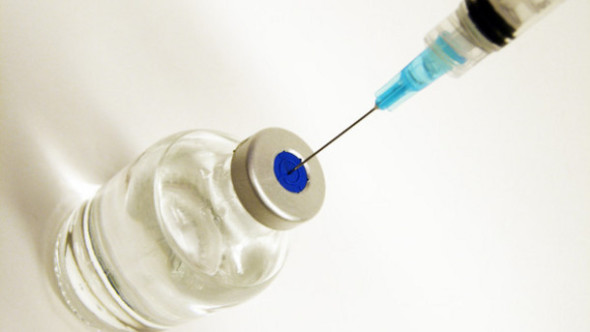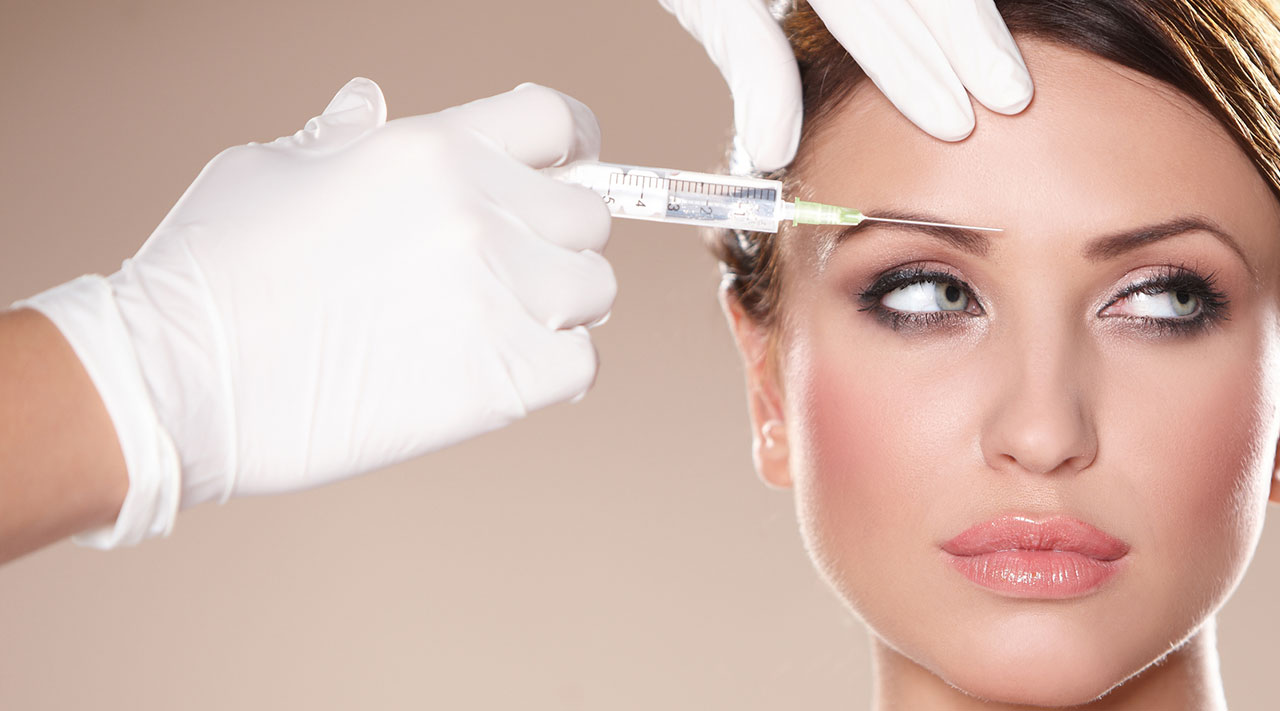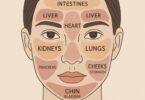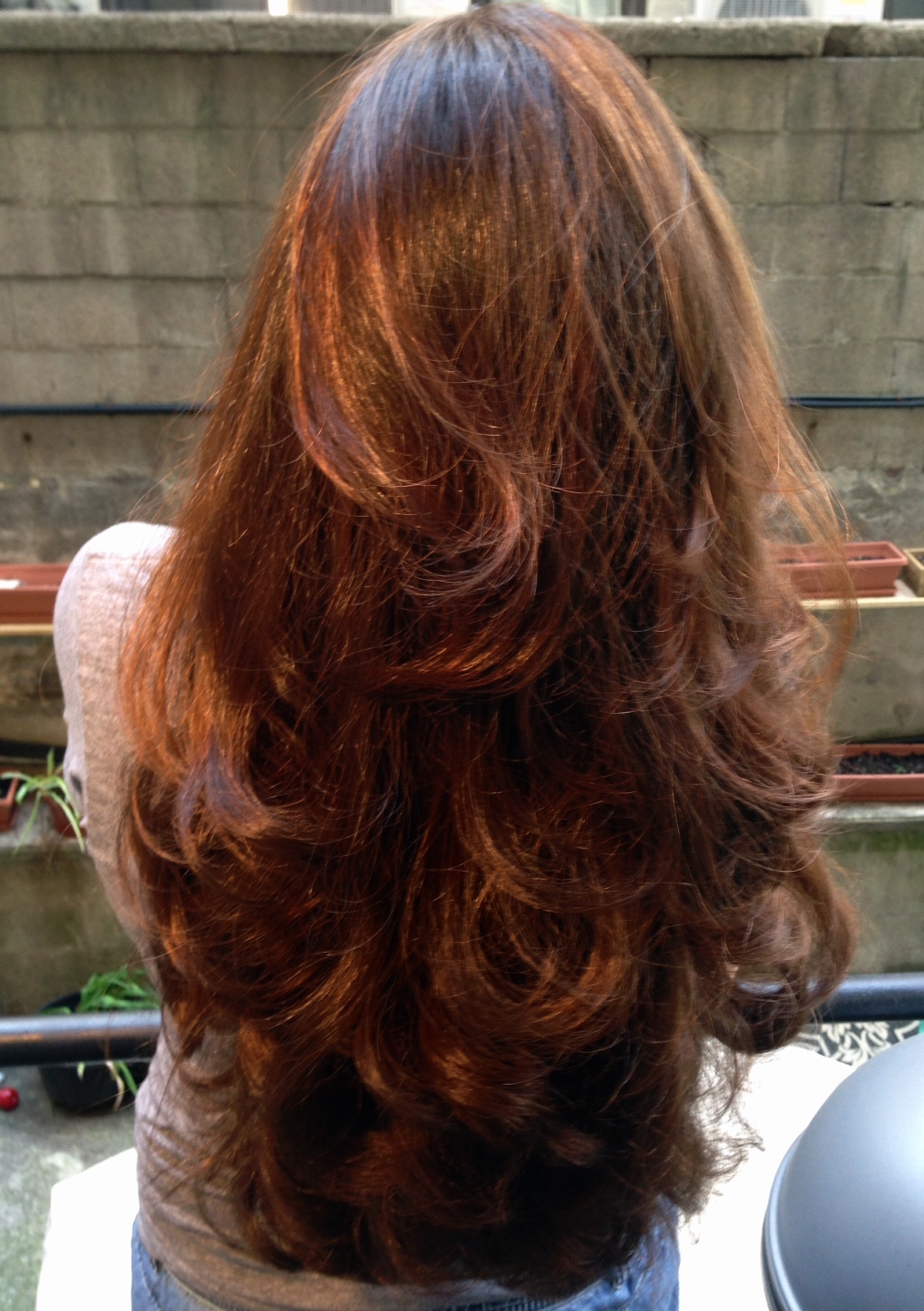Whether you’re researching Botox for headaches or looking to inject some tox into your 11’s, you’re probably wondering how long does it take for Dysport to work?
How quickly as Dysport work?
“Most people see early Dysport results two to four days after getting injected. But this is just the start,” explains facial plastic surgeon Gene Wolf of New York. “But full results, the kind you’re eager to show off to a crowd, really set in about 10 to 12 days after injection.”
“The good news is that you’ll see slight effects within just a couple of days, though,” says Wolf. “And for whatever reason, Dysport seems to kick in a little faster than its main competitors, Botox and Xeomin.”
How can I get Dysport to work faster?
“Glad you asked,” Wolf adds, explaining that, “Moving the affected areas around for the first few hours post-treatment helps distribute the tox product quickly and effectively. Avoid yoga inversions or heavy exercise, but feel free to make a bunch of very expressive faces in the mirror.”
That means trying a five-to-10-minute facial yoga class online, furrowing your brow at your kids or having a good, long and expressive laugh with friends.

Other important things to keep in mind after a Dysport treatment
- Be sure to sleep on your back for the first night post-treatment. You don’t want the treatment to be uneven or receive too much pressure on a particular side. Believe it or not, this really impacts your final results.
- Keep your body treatment at a fairly normal level—that means no aggressive sun-bathing, frosty hikes through arctic tundra or aggressive exercise. You can get back to those things after about 36 hours.
- Be religious about wearing SPF 30 or greater when you’re exposed to the sun. This is important if you want to keep wrinkles at bay for your best-ever Dysport before/afters.
- Try not to over-exfoliate for the first few days post-Dysport treatment. Here’s how often you should dermaplane your face if you’re wondering.
How is Dysport different from Botox?
Dysport and Botox are both injectable treatments used to reduce the appearance of wrinkles and fine lines, but they have some differences in terms of formulation and effects.
- Active Ingredient: Both Dysport and Botox contain botulinum toxin type A, but they have different formulations. Dysport uses a different strain of botulinum toxin compared to Botox, with some doctors and injectors preferring one over the other.
- Spread and Diffusion: Dysport tends to spread more easily than Botox. This means it might be preferred for treating larger areas, such as the forehead, as it can cover a broader area with fewer injections. Botox, on the other hand, tends to stay more localized, which can be beneficial for more precise areas like crow’s feet.
- Onset and Duration: Dysport might have a slightly quicker onset of effects compared to Botox, sometimes showing results within two to three days, while Botox usually takes more like three to five days. Both toxin formulations usually last from three to six months, but individual experiences can vary.
- Units and Dosage: The units of measurement for Dysport and Botox are not directly equivalent. You typically need more units of Dysport to achieve similar results as Botox, but this doesn’t necessarily mean it’s less effective—just that the units are measured differently. It’s priced accordingly as well.
The choice between Dysport and Botox can depend on the specific treatment area, your personal response to the product, your injector’s preference and your personal goals.
Love this article? Be sure to join our active discussions on The Luxury Spot Facebook page.








